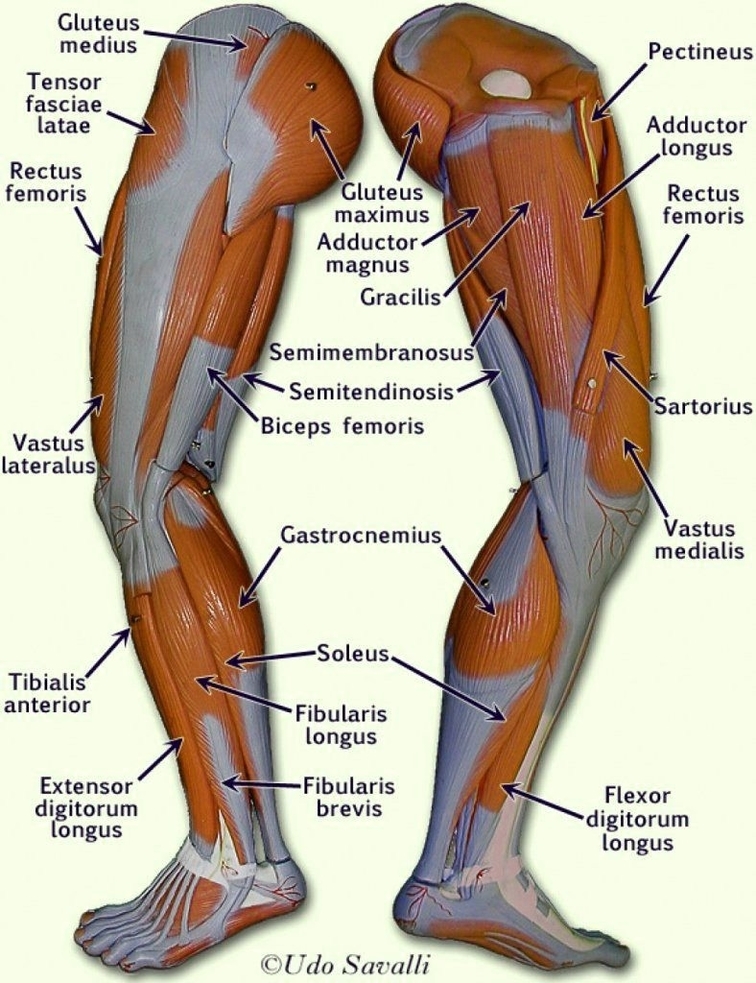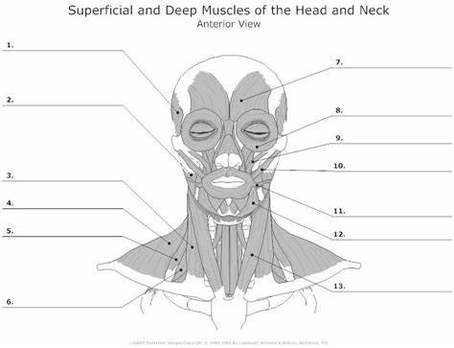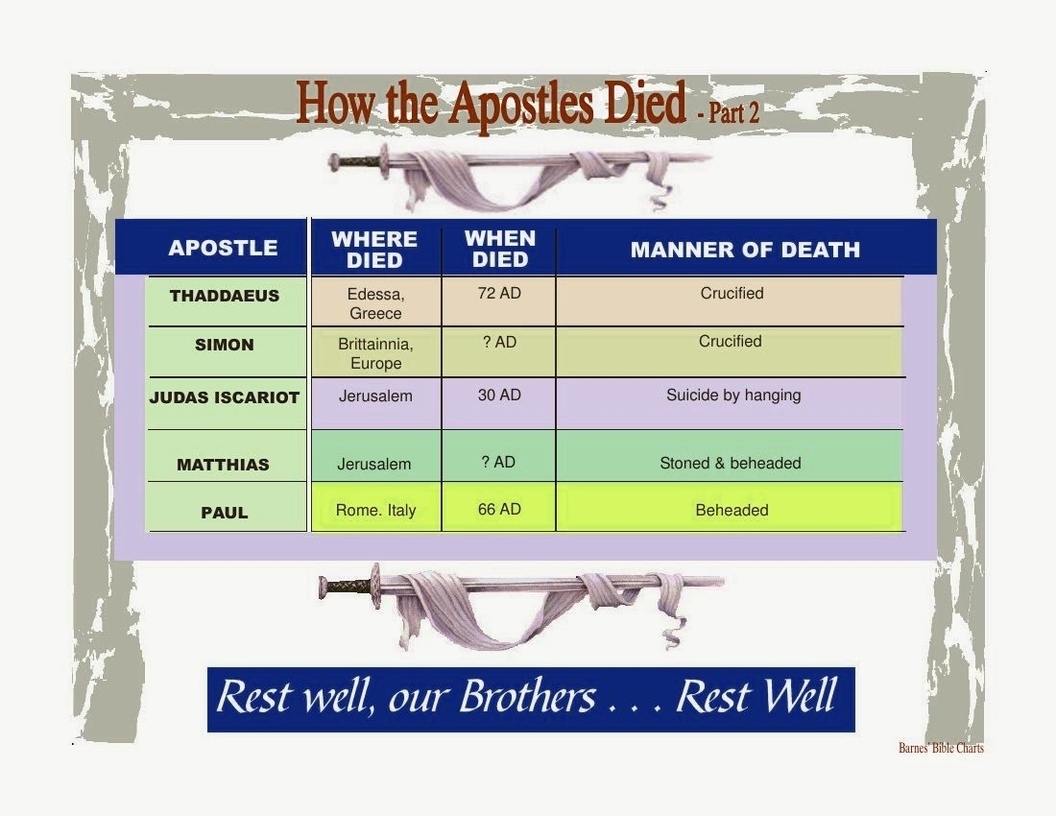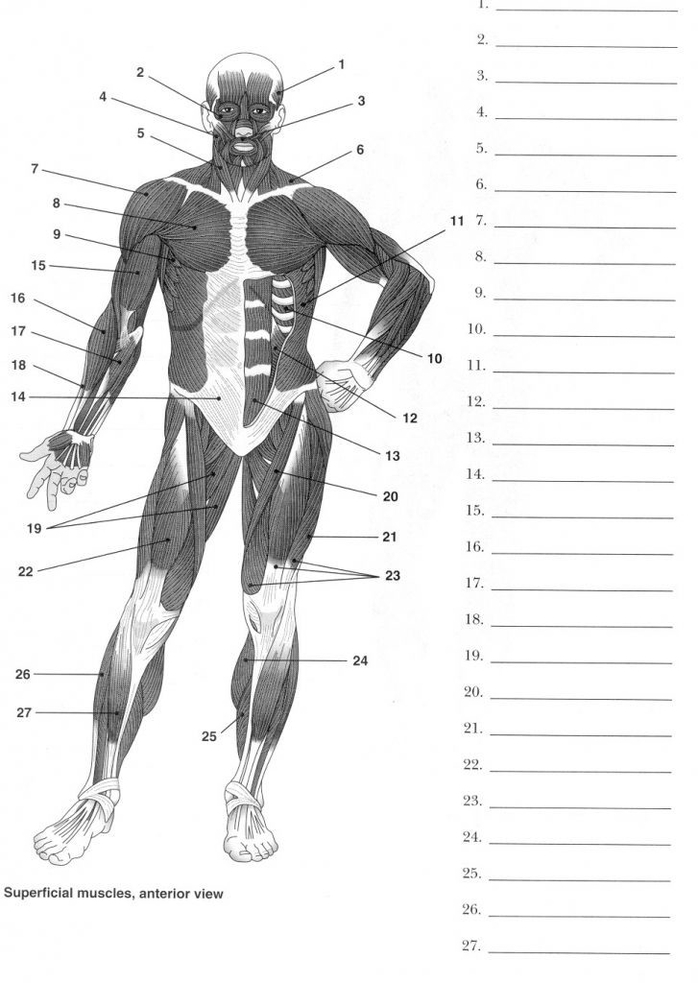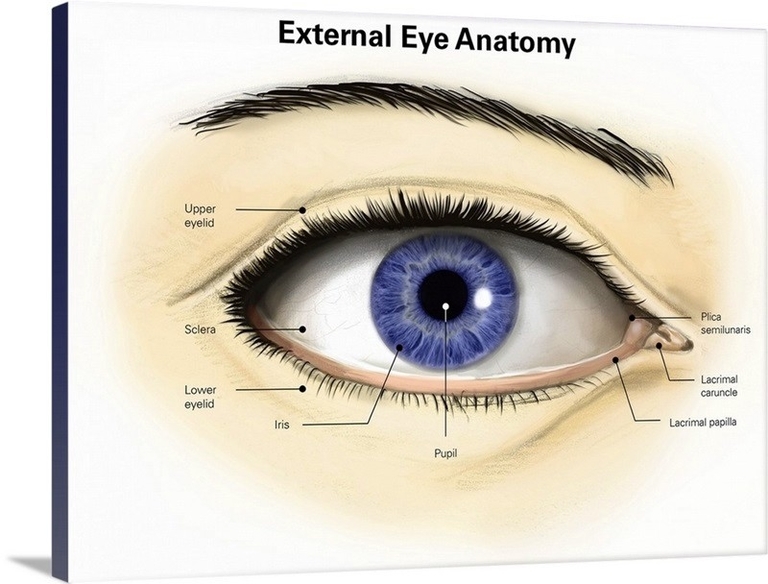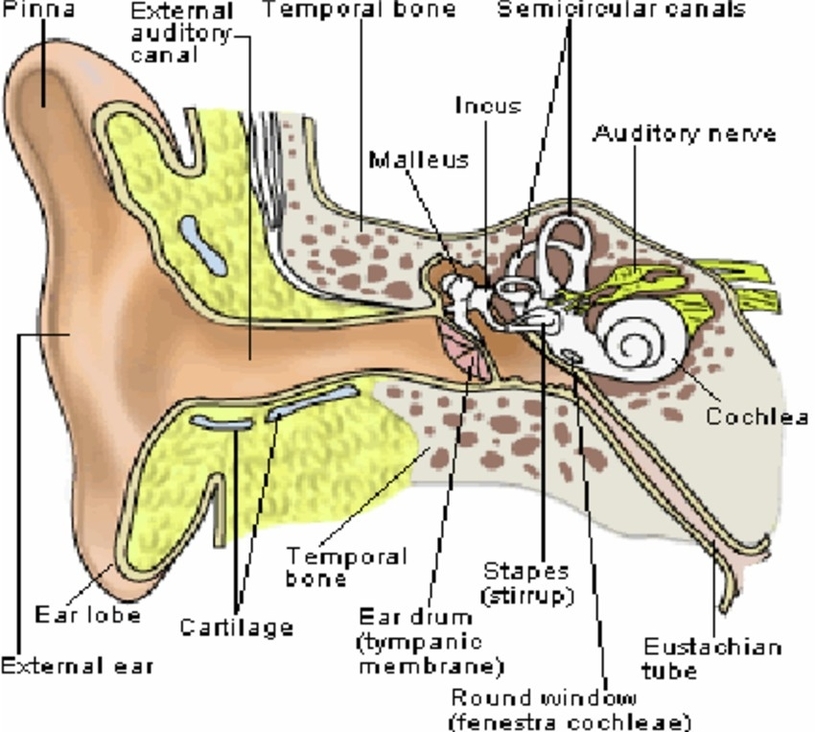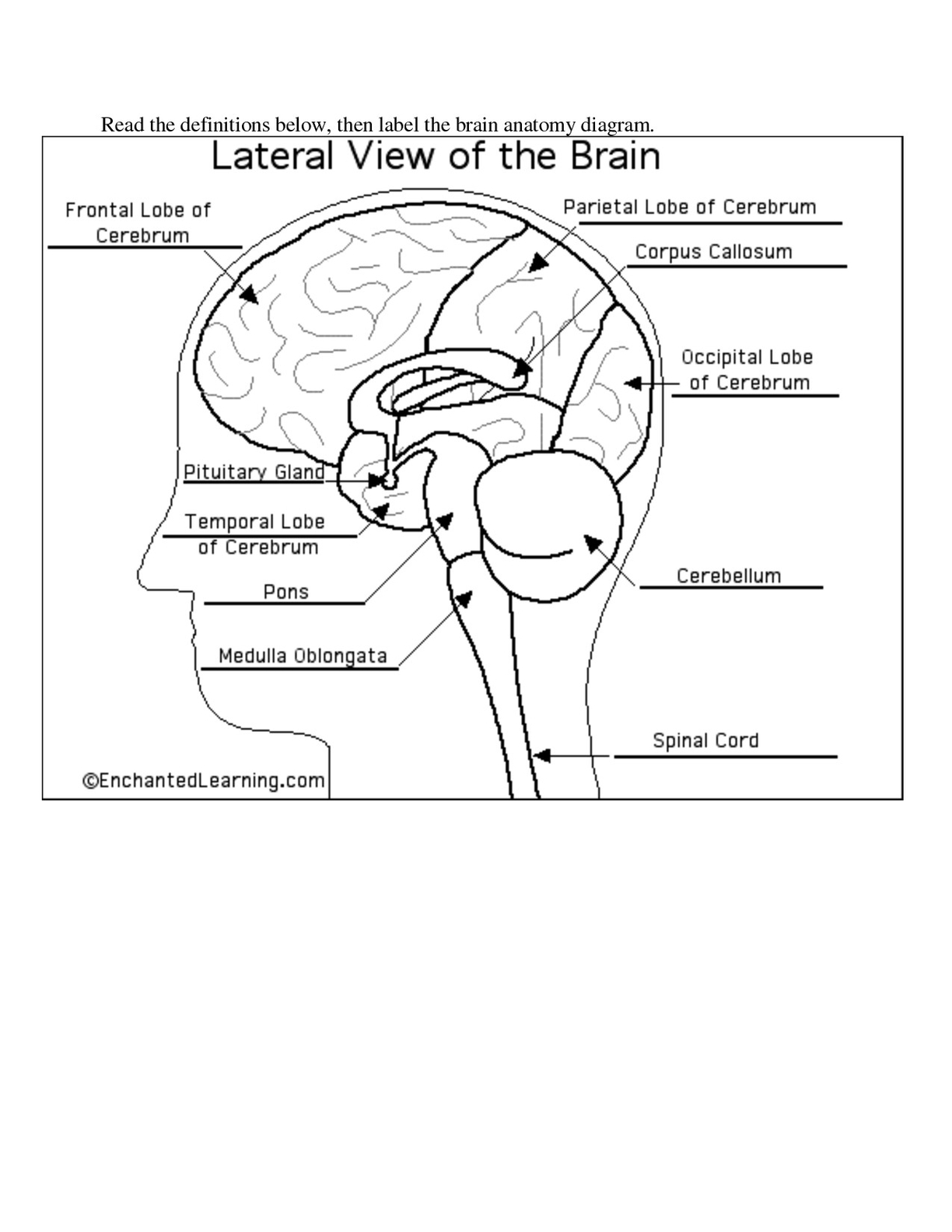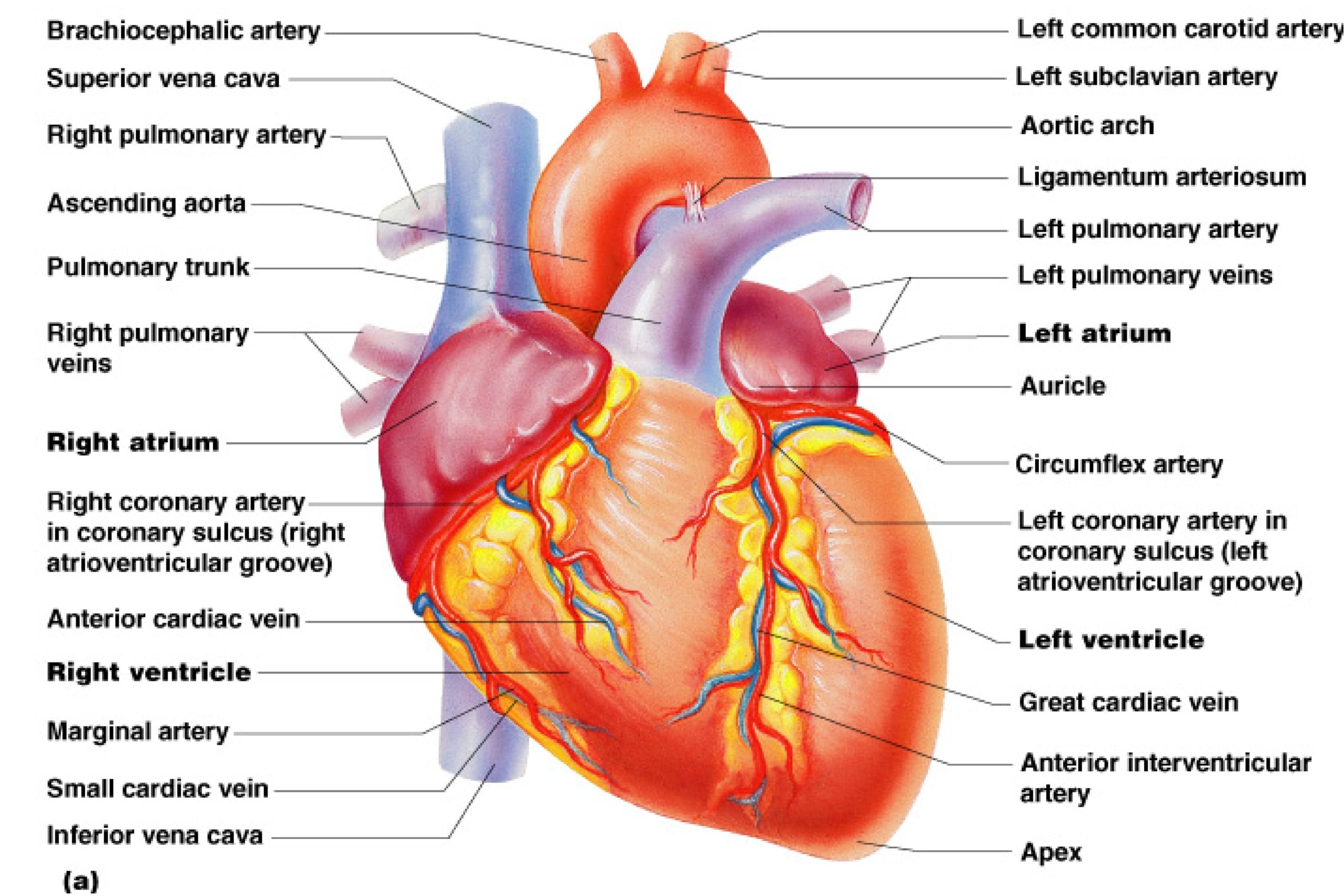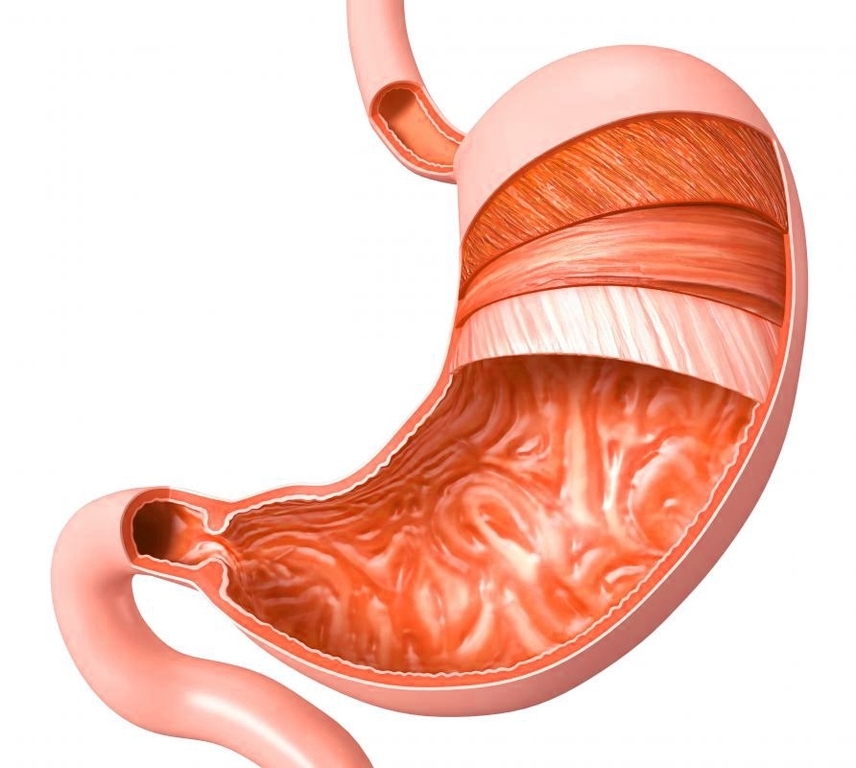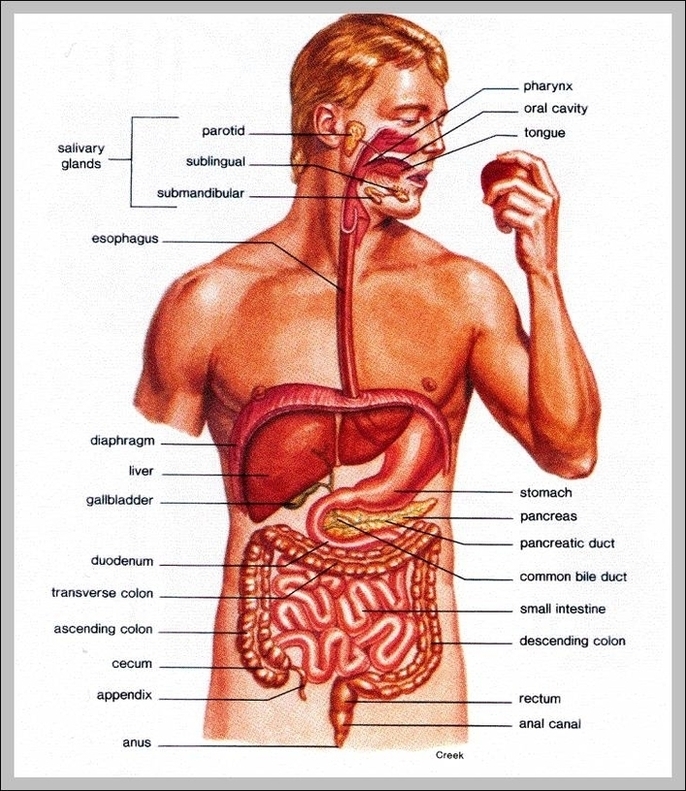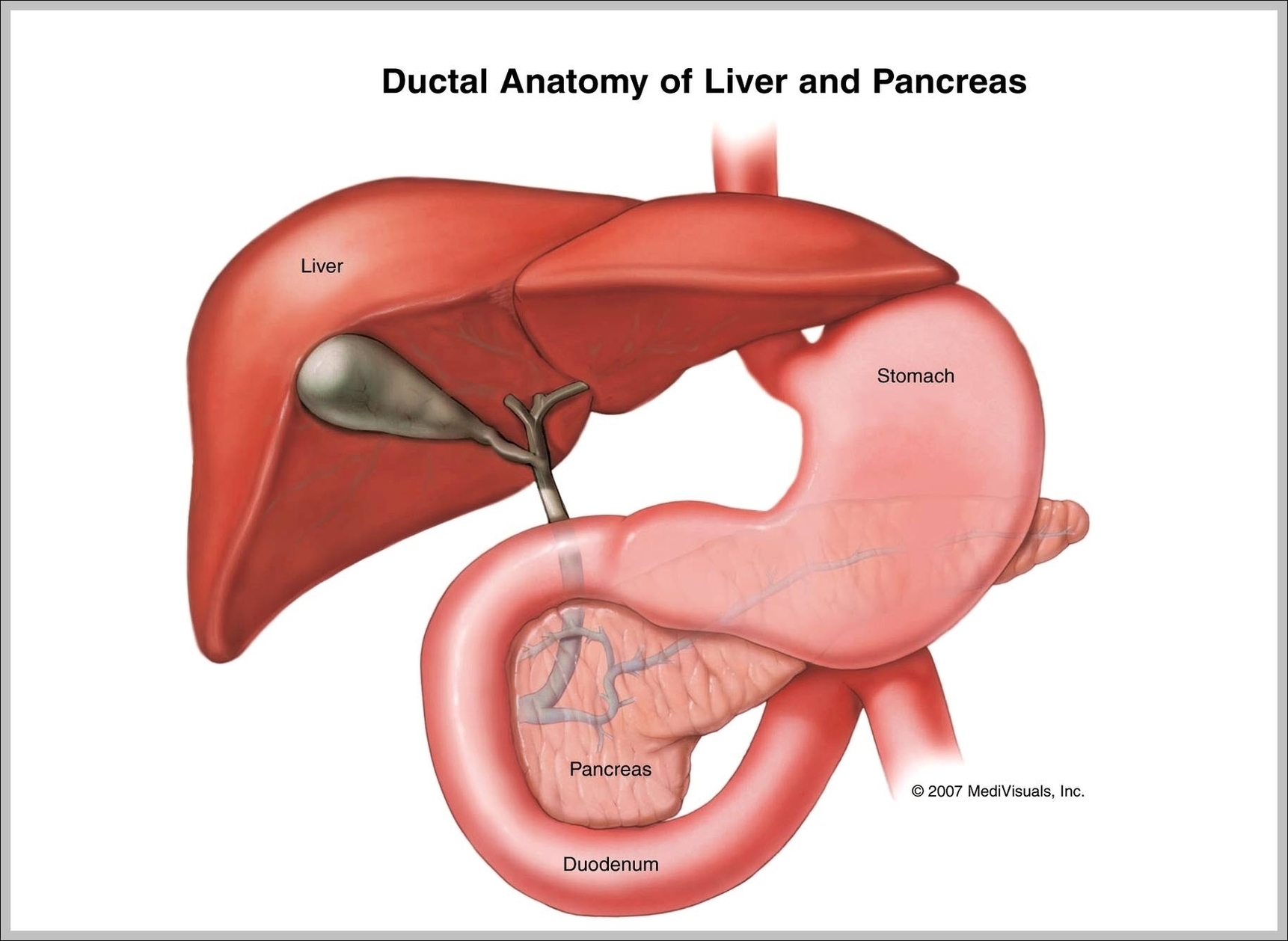Bones Of The Foot And Ankle
The foot and ankle form a complex system which consists of 28 bones, 33 joints, 112 ligaments, controlled by 13 extrinsic and 21 intrinsic muscles?. The foot is subdivided into the rearfoot, midfoot, and forefoot?.
Ankle Anatomy
The ankle joint, also known as the talocrural joint, allows dorsiflexion and plantar flexion of the foot. It is made up of three joints: upper ankle joint (tibiotarsal), talocalcaneonavicular, and subtalar joints. The last two together are called the lower ankle joint. The upper ankle joint is formed by the inferior surfaces of tibia and fibula, and the superior surface of talus. The lower ankle joint is formed by the talus, calcaneus, and navicular bone.
Bones of the Foot
The foot begins at the lower end of the tibia and fibula, the two bones of the lower leg. At the base of those, a grouping of bones form the tarsals, which make up the ankle and upper portion of the foot. The bones of the foot are organized into the tarsal bones, metatarsal bones, and phalanges.
1. Tarsal Bones: These include the talus and calcaneus, which form the ankle joint and the heel, and the navicular, cuboid, and three cuneiforms, which form the arch of the foot.
2. Metatarsal Bones: These are the long bones that connect the tarsals to the toes.
3. Phalanges: These are the small bones that form the toes. The great toe consists of two phalanges (proximal, distal), while the remaining four toes have three phalanges (proximal, middle, distal).
Joints of the Foot
The foot has several joints, including intertarsal, tarsometatarsal, metatarsophalangeal, and interphalangeal joints. The great toe has one interphalangeal joint, while the other four toes have two (proximal, distal) interphalangeal joints.
Muscles of the Foot
The foot has several muscles that allow movements like foot inversion, foot eversion, toe flexion, toe extension, toe abduction, and toe adduction. These include dorsal muscles (extensor digitorum brevis, extensor hallucis brevis), lateral plantar muscles (abductor digiti minimi, flexor digiti minimi brevis, opponens digiti minimi), central plantar muscles (flexor digitorum brevis, quadratus plantae, lumbricals, plantar interossei, dorsal interossei), and medial plantar muscles (abductor hallucis, adductor hallucis, flexor hallucis brevis).
In conclusion, the foot and ankle’s complex structure, consisting of numerous bones, joints, and muscles, allows for a wide range of movements and provides the necessary stability and flexibility for various activities such as walking, running, and jumping..
Bones Of The Foot And Ankle Diagram - Bones Of The Foot And Ankle Chart - Human anatomy diagrams and charts explained. This anatomy system diagram depicts Bones Of The Foot And Ankle with parts and labels. Best diagram to help learn about health, human body and medicine.

